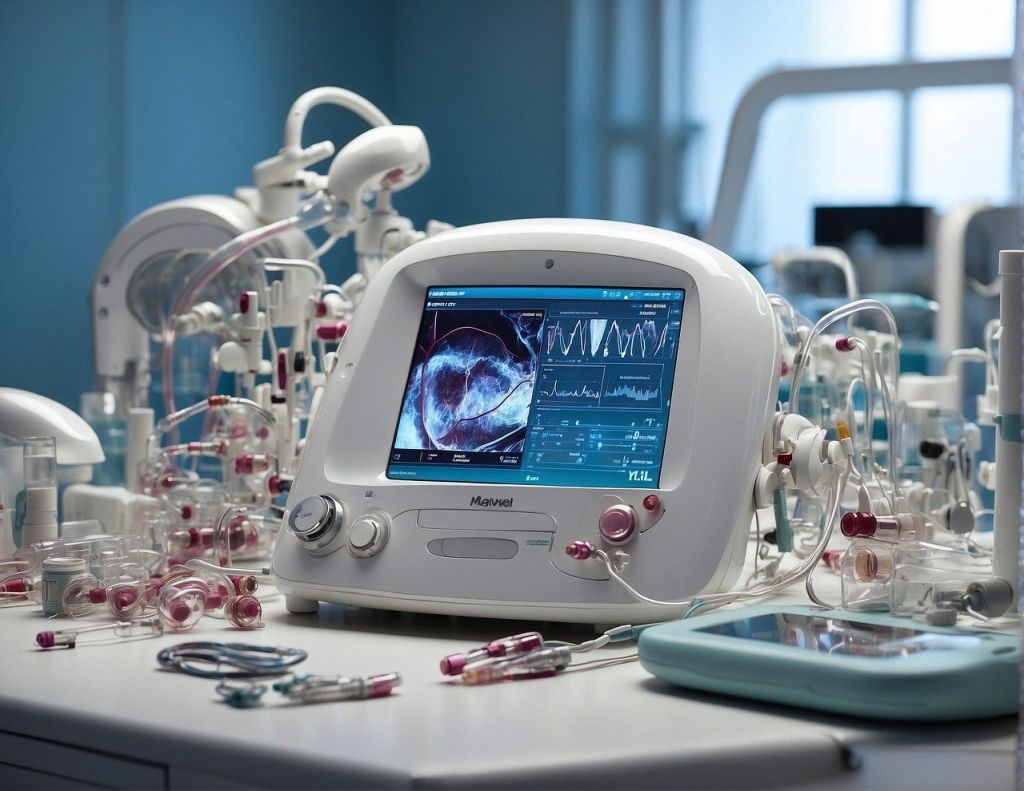
Sustainable practices are increasingly essential across all sectors, and healthcare is no exception. Hospitals and clinics, known for their high energy consumption, significant waste production, and extensive use of resources, are adopting sustainable practices to mitigate their environmental impact. This article delves into various sustainable healthcare practices, highlighting how hospitals and clinics are striving to reduce their environmental footprint while maintaining high standards of care.
The Environmental Impact of Healthcare
Healthcare facilities have a substantial environmental footprint. According to the Health Care Without Harm (HCWH) report, the healthcare sector is responsible for nearly 4.4% of global net emissions. This significant figure stems from the energy-intensive nature of healthcare operations, the generation of medical waste, and the consumption of various resources. The push towards sustainability in healthcare is not only a response to environmental concerns but also aligns with improving public health outcomes.
Energy Efficiency and Renewable Energy
One of the primary areas where healthcare facilities are making strides is in energy efficiency and the adoption of renewable energy sources. Hospitals operate 24/7 and require substantial energy for lighting, heating, cooling, and operating medical equipment. To address this, many hospitals are investing in energy-efficient systems and infrastructure.
- Energy-Efficient Lighting and HVAC Systems: Upgrading to LED lighting and energy-efficient HVAC (heating, ventilation, and air conditioning) systems significantly reduces energy consumption. For example, the Cleveland Clinic has implemented energy-efficient lighting and HVAC systems, resulting in millions of dollars in energy savings.
- Renewable Energy Sources: Some hospitals are turning to renewable energy sources such as solar, wind, and geothermal power. Kaiser Permanente, one of the largest healthcare organizations in the United States, has committed to becoming carbon neutral by 2020. They have invested in solar power installations across their facilities, reducing their reliance on fossil fuels.
- Energy Management Systems: Advanced energy management systems enable hospitals to monitor and optimize energy usage in real time. These systems help identify areas where energy can be saved and ensure that energy-intensive equipment operates efficiently.
Waste Reduction and Management
Medical waste is another significant concern for healthcare facilities. The World Health Organization (WHO) estimates that 85% of the total waste generated by healthcare activities is general, non-hazardous waste, while the remaining 15% is considered hazardous. Effective waste reduction and management practices are crucial for minimizing environmental impact.
- Reducing Single-Use Plastics: Many hospitals are working to reduce their reliance on single-use plastics. This involves transitioning to reusable medical supplies where feasible, such as stainless steel instruments, and using biodegradable materials for items that must be disposable.
- Recycling Programs: Implementing comprehensive recycling programs can significantly reduce the amount of waste sent to landfills. Hospitals are increasingly recycling paper, cardboard, plastics, and even medical equipment. For instance, John Hopkins Hospital has established a robust recycling program, diverting a significant portion of its waste from landfills.
- Proper Disposal of Hazardous Waste: Ensuring that hazardous waste, such as sharps and pharmaceuticals, is disposed of correctly is essential for protecting both the environment and public health. Hospitals are adhering to strict guidelines for the segregation, treatment, and disposal of hazardous waste to prevent contamination and pollution.
Sustainable Procurement Practices
Sustainable procurement involves sourcing products and services that have a lower environmental impact throughout their lifecycle. Hospitals and clinics are adopting sustainable procurement practices to ensure that the products they use are environmentally friendly and ethically produced.
- Eco-Friendly Medical Supplies: Hospitals are increasingly purchasing eco-friendly medical supplies, such as biodegradable gloves and gowns made from sustainable materials. These products help reduce the environmental impact of medical procedures.
- Sustainable Food Services: Hospital cafeterias and food services are also embracing sustainability. This includes sourcing locally grown, organic food, reducing food waste, and implementing composting programs. The Seattle Children’s Hospital, for example, has a farm-to-table program that sources fresh, local produce for its patients and staff.
- Ethical Supply Chains: Ensuring that supply chains are ethical and sustainable is another critical aspect. Hospitals are working with suppliers who adhere to environmental and labor standards, ensuring that the products they purchase do not contribute to environmental degradation or human rights abuses.

Water Conservation
Water is a precious resource, and hospitals use significant amounts of it for various purposes, including sanitation, patient care, and cooling systems. Implementing water conservation measures is vital for reducing the environmental impact of healthcare facilities.
- Water-Efficient Fixtures: Installing water-efficient fixtures such as low-flow faucets, toilets, and showerheads can significantly reduce water usage. Some hospitals have reported reductions in water consumption by as much as 30% after implementing these measures.
- Greywater Recycling: Recycling greywater (wastewater from sinks, showers, and laundry) for non-potable uses, such as irrigation and toilet flushing, can further reduce water consumption. The University of California, San Francisco Medical Center has implemented a greywater recycling system, saving millions of gallons of water annually.
- Leak Detection and Repair: Proactive leak detection and repair programs ensure that water losses are minimized. Regular maintenance of plumbing systems helps prevent water waste and reduces the overall environmental footprint of healthcare facilities.
Sustainable Building Design and Construction
Sustainable building design and construction practices are becoming more prevalent in the healthcare sector. Green building certifications, such as LEED (Leadership in Energy and Environmental Design), guide hospitals in designing and constructing environmentally friendly facilities.
- Green Building Certifications: Many hospitals are seeking LEED certification to demonstrate their commitment to sustainability. LEED-certified buildings are designed to be energy-efficient, water-efficient, and constructed with sustainable materials. The Dell Children’s Medical Center in Austin, Texas, is the first hospital in the world to achieve LEED Platinum certification, the highest level of recognition.
- Natural Lighting and Green Spaces: Incorporating natural lighting and green spaces into hospital design not only reduces energy consumption but also enhances the healing environment for patients. Studies have shown that exposure to natural light and access to green spaces can improve patient outcomes and reduce recovery times.
- Sustainable Materials: Using sustainable building materials, such as recycled steel and low-emission paints, minimizes the environmental impact of construction. Hospitals are increasingly opting for materials that are sourced responsibly and have a lower carbon footprint.
Conclusion
Sustainable healthcare practices are vital for reducing the environmental footprint of hospitals and clinics. By adopting energy-efficient systems, effective waste management practices, sustainable procurement, water conservation measures, and green building designs, healthcare facilities can significantly mitigate their environmental impact. These efforts not only benefit the environment but also contribute to the overall health and well-being of communities. As the healthcare sector continues to evolve, the integration of sustainability into healthcare practices will play a crucial role in shaping a healthier, more sustainable future.